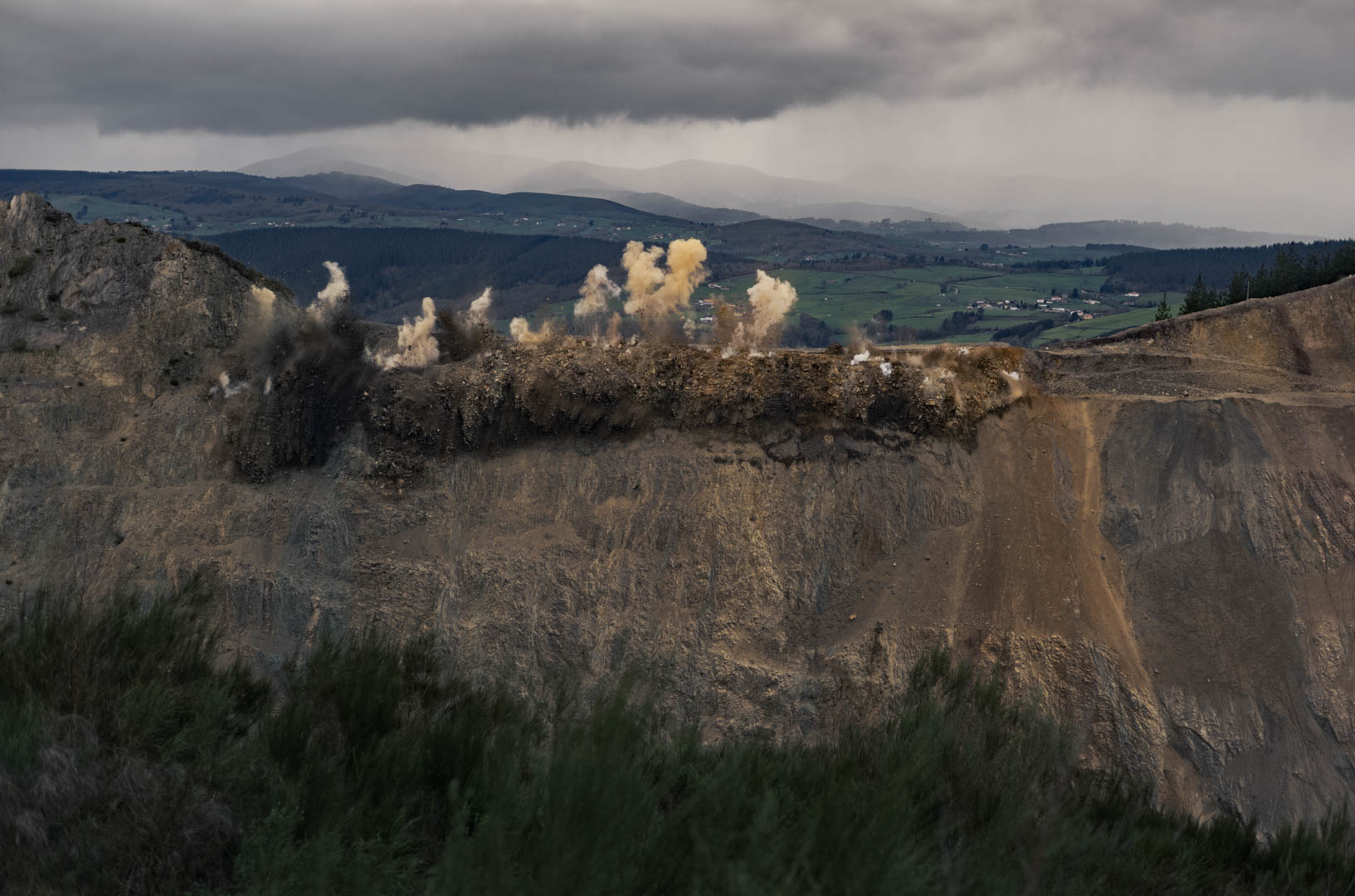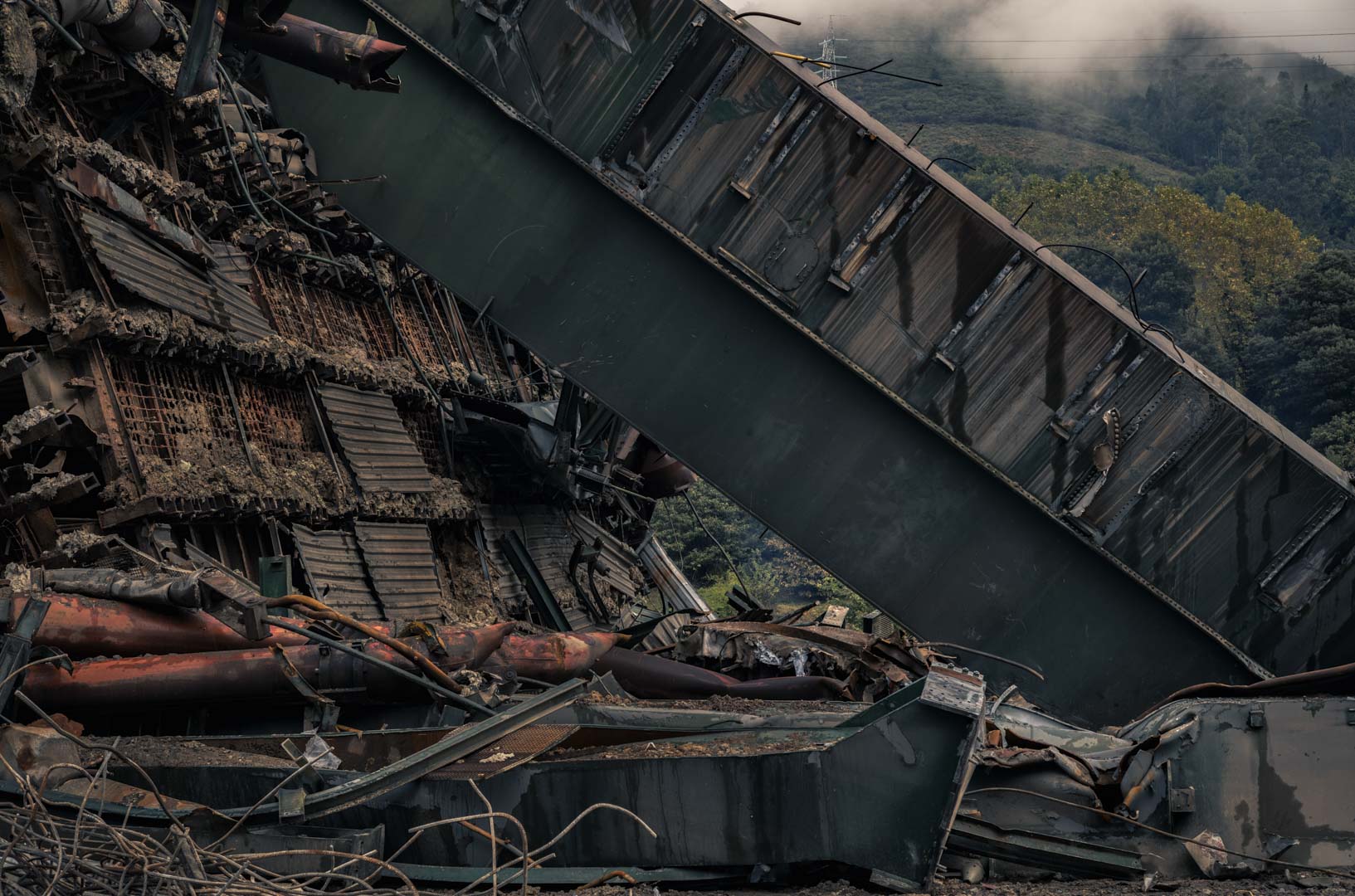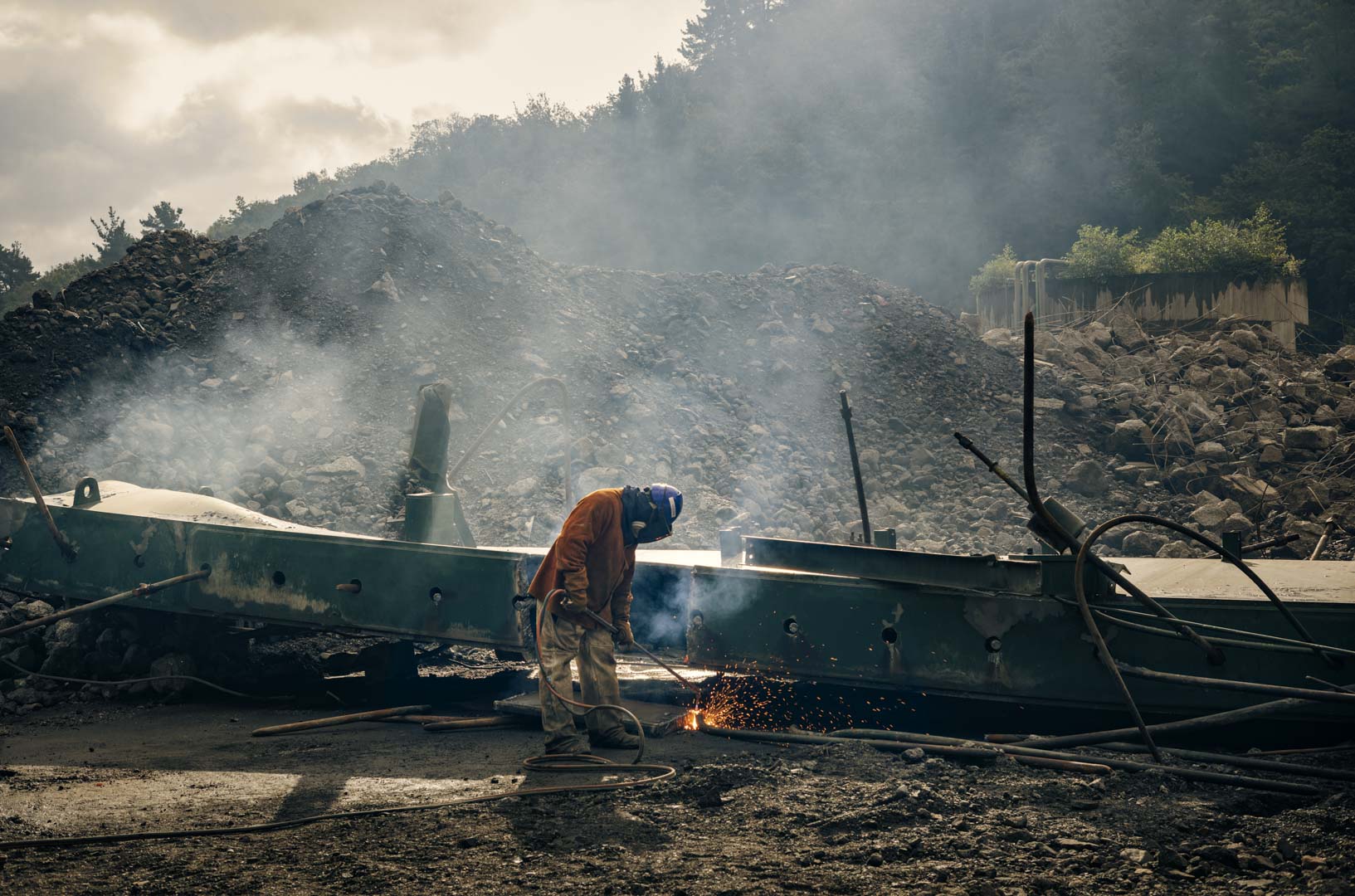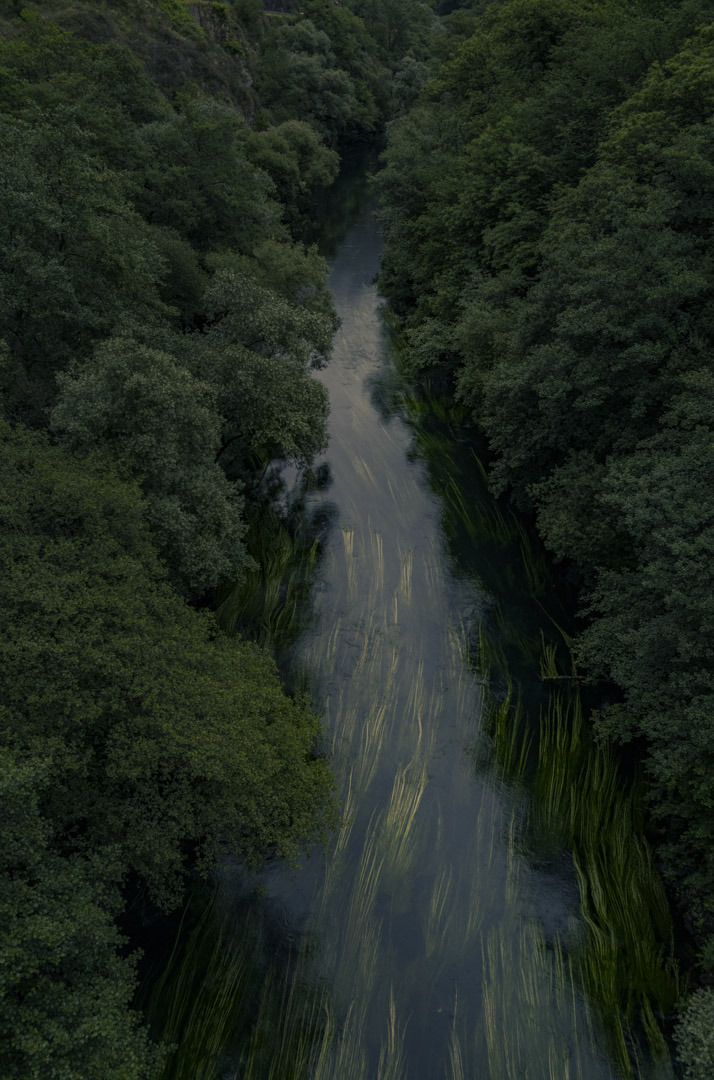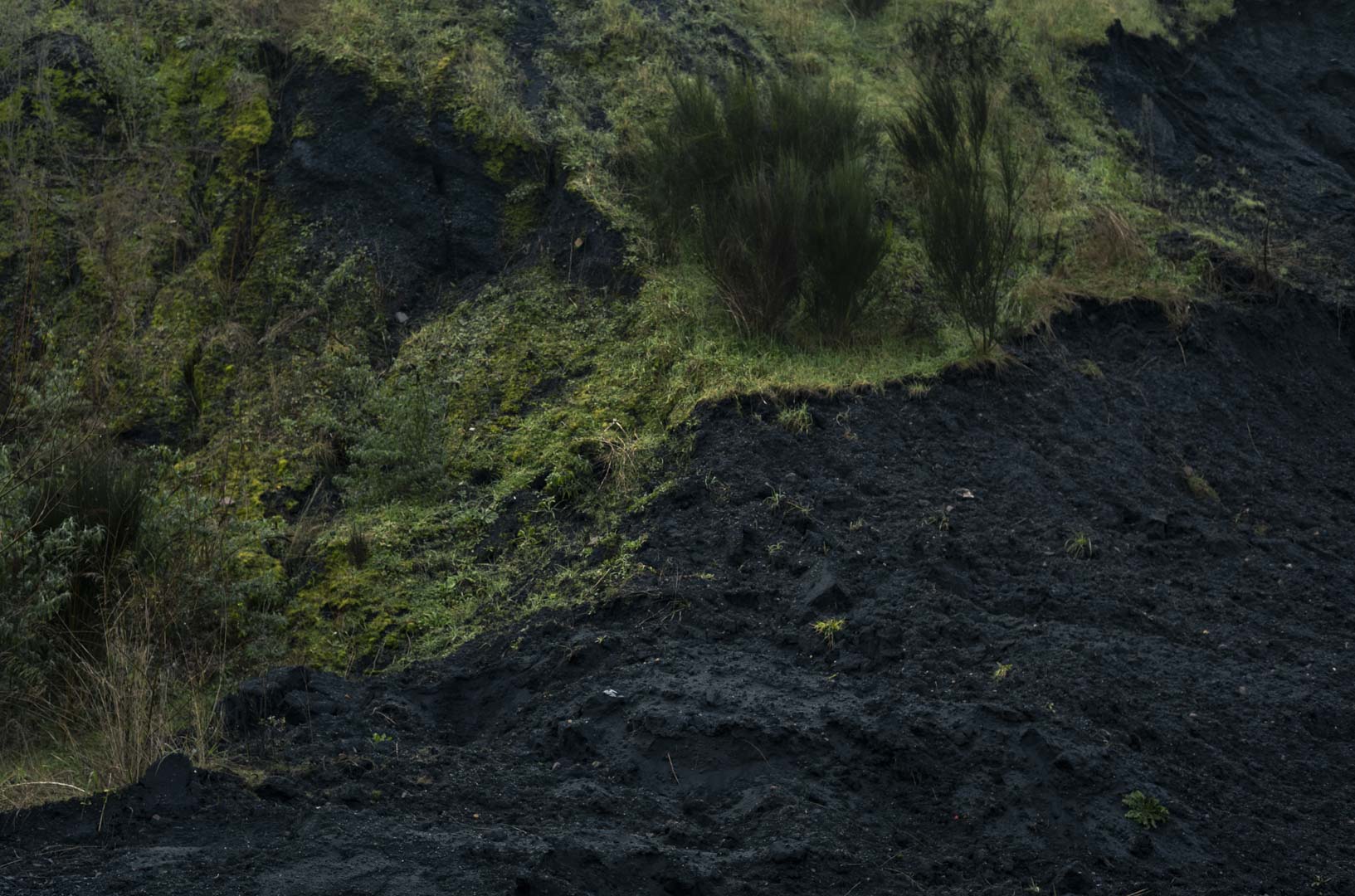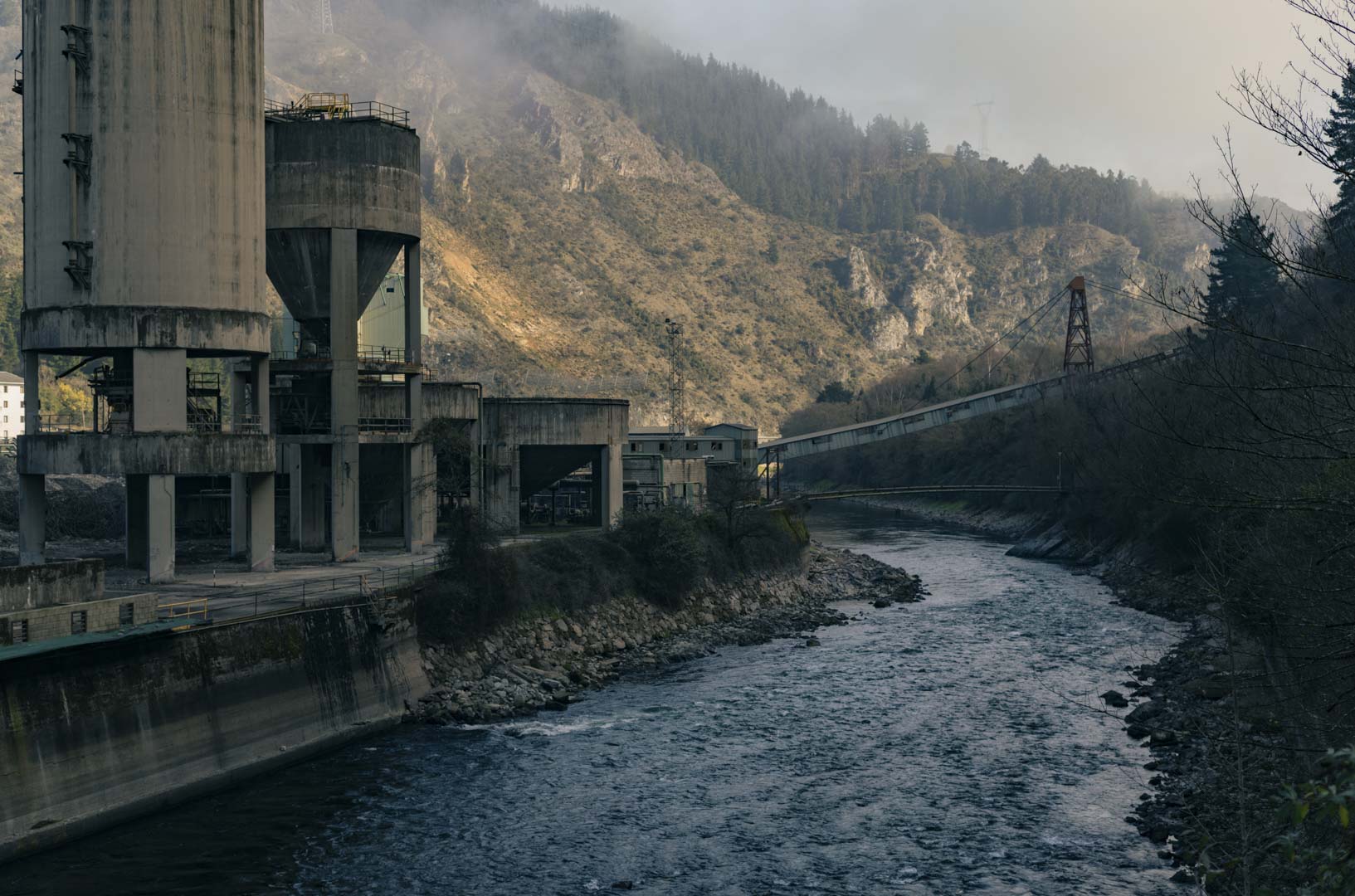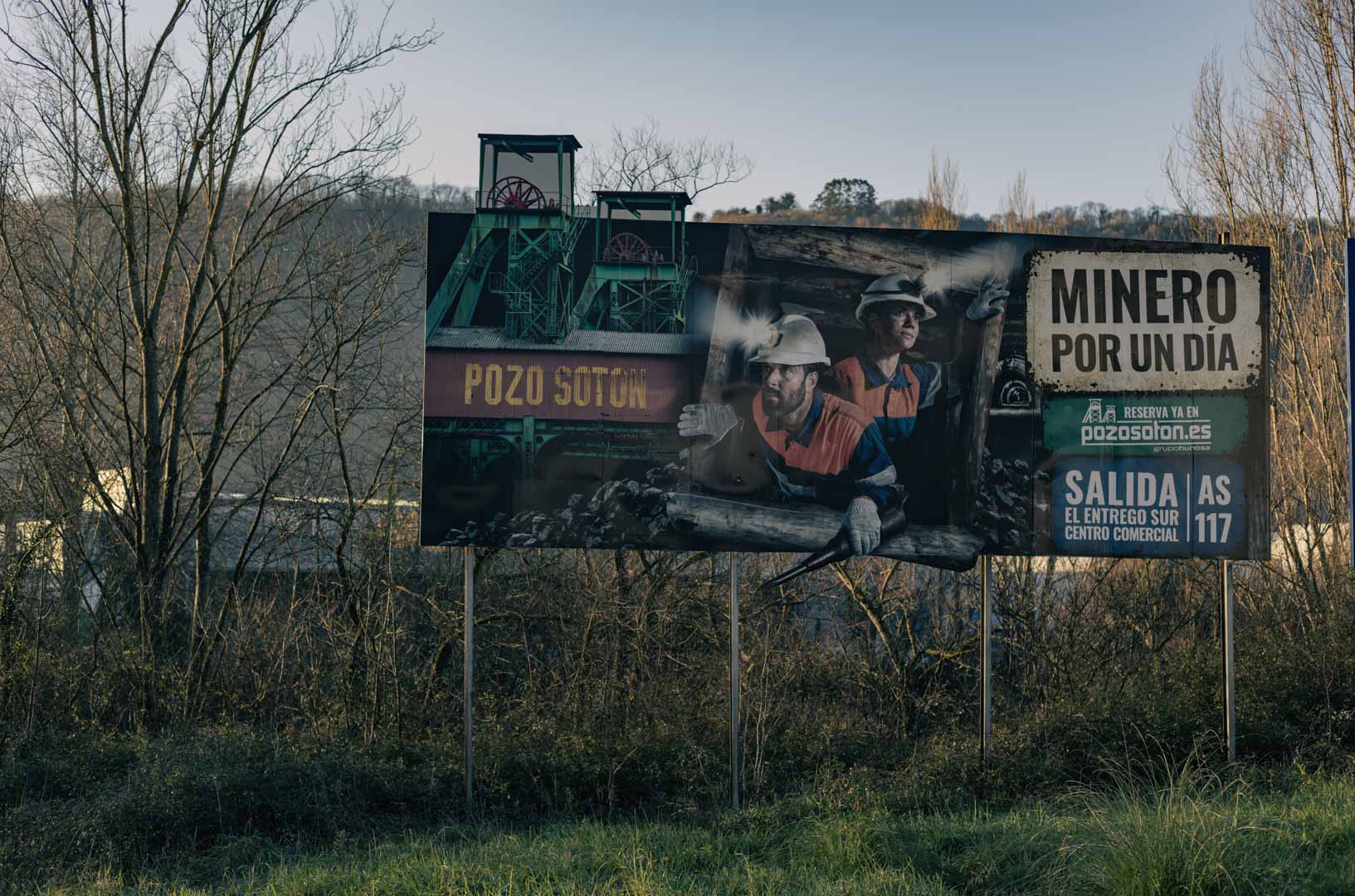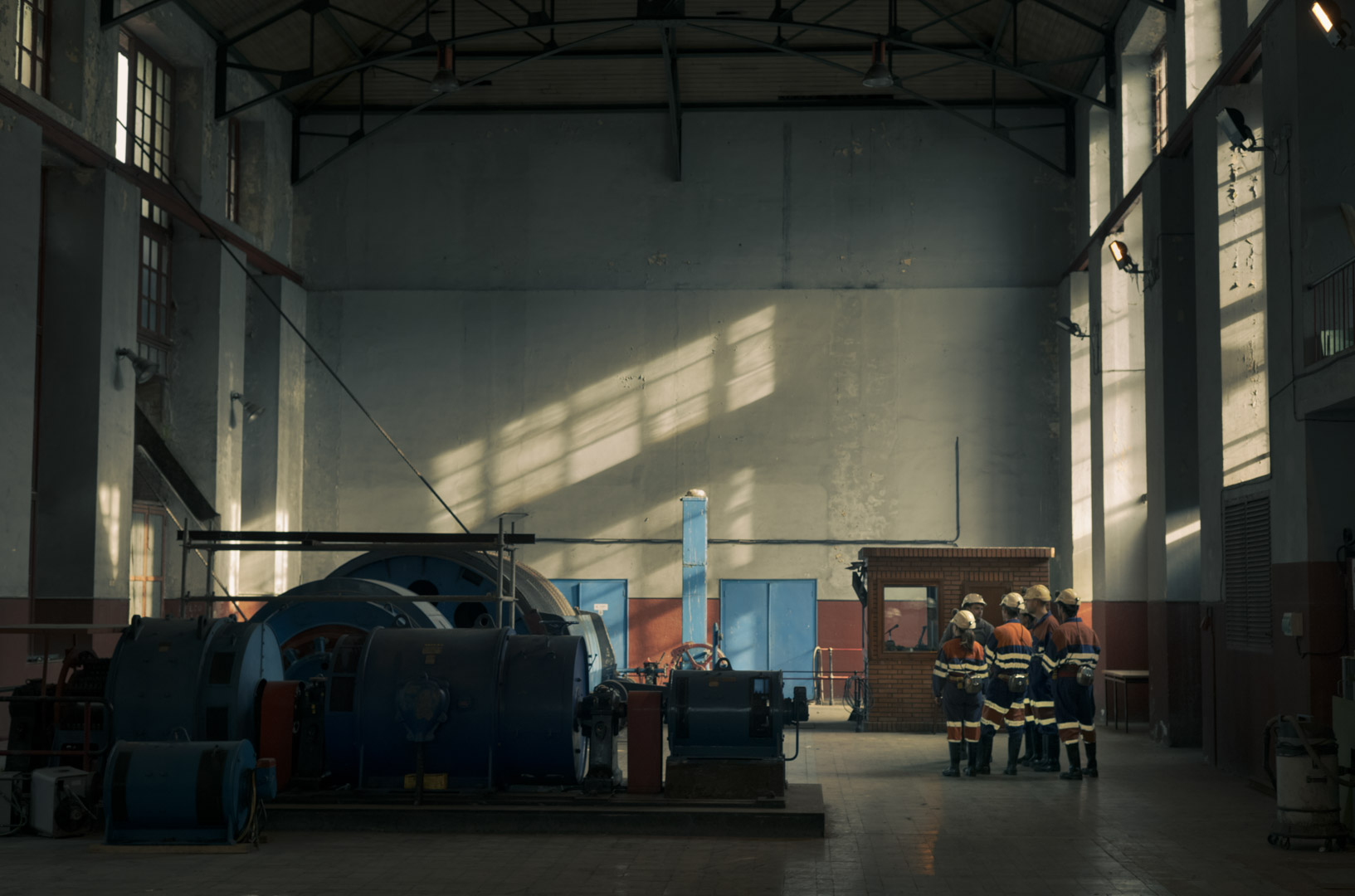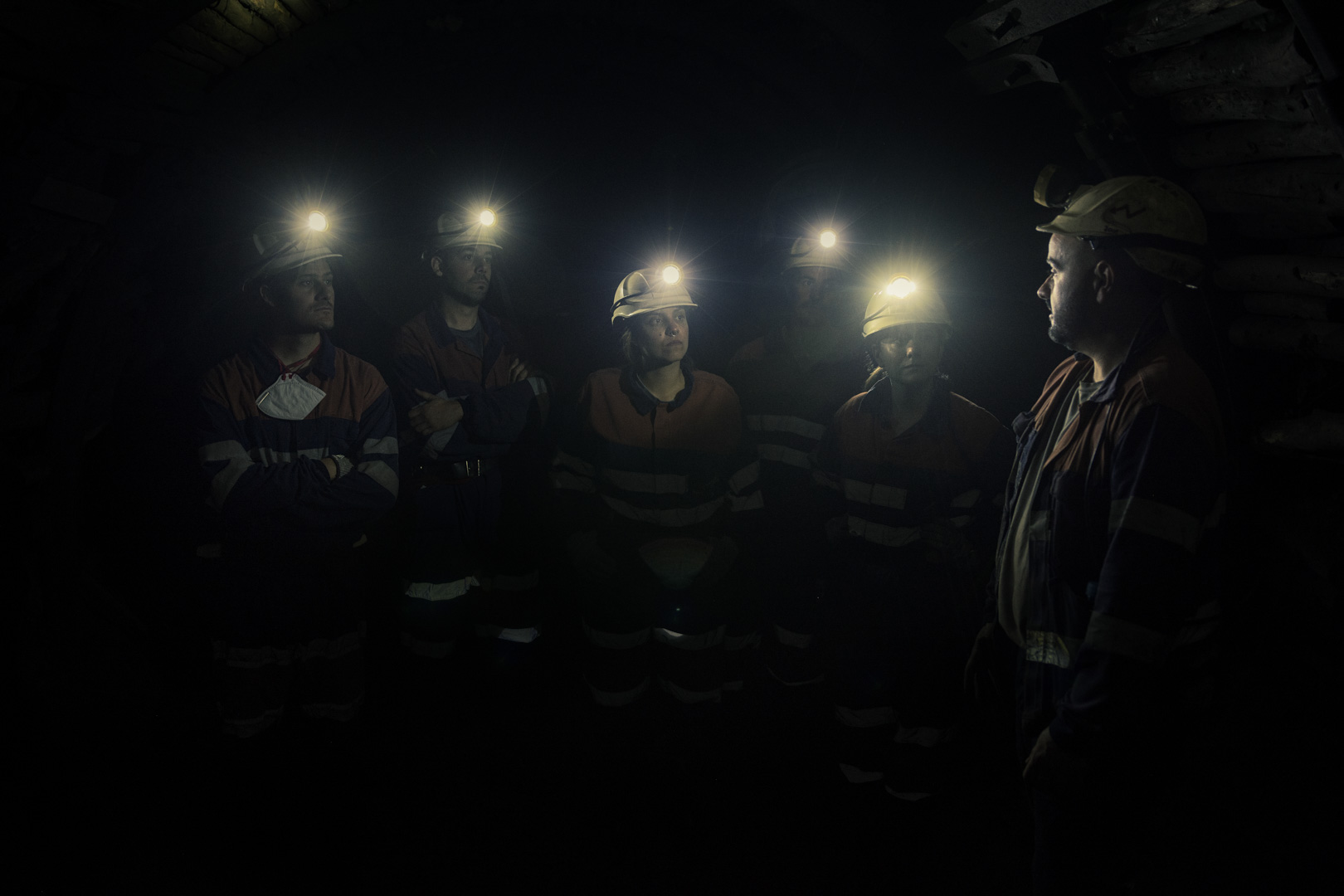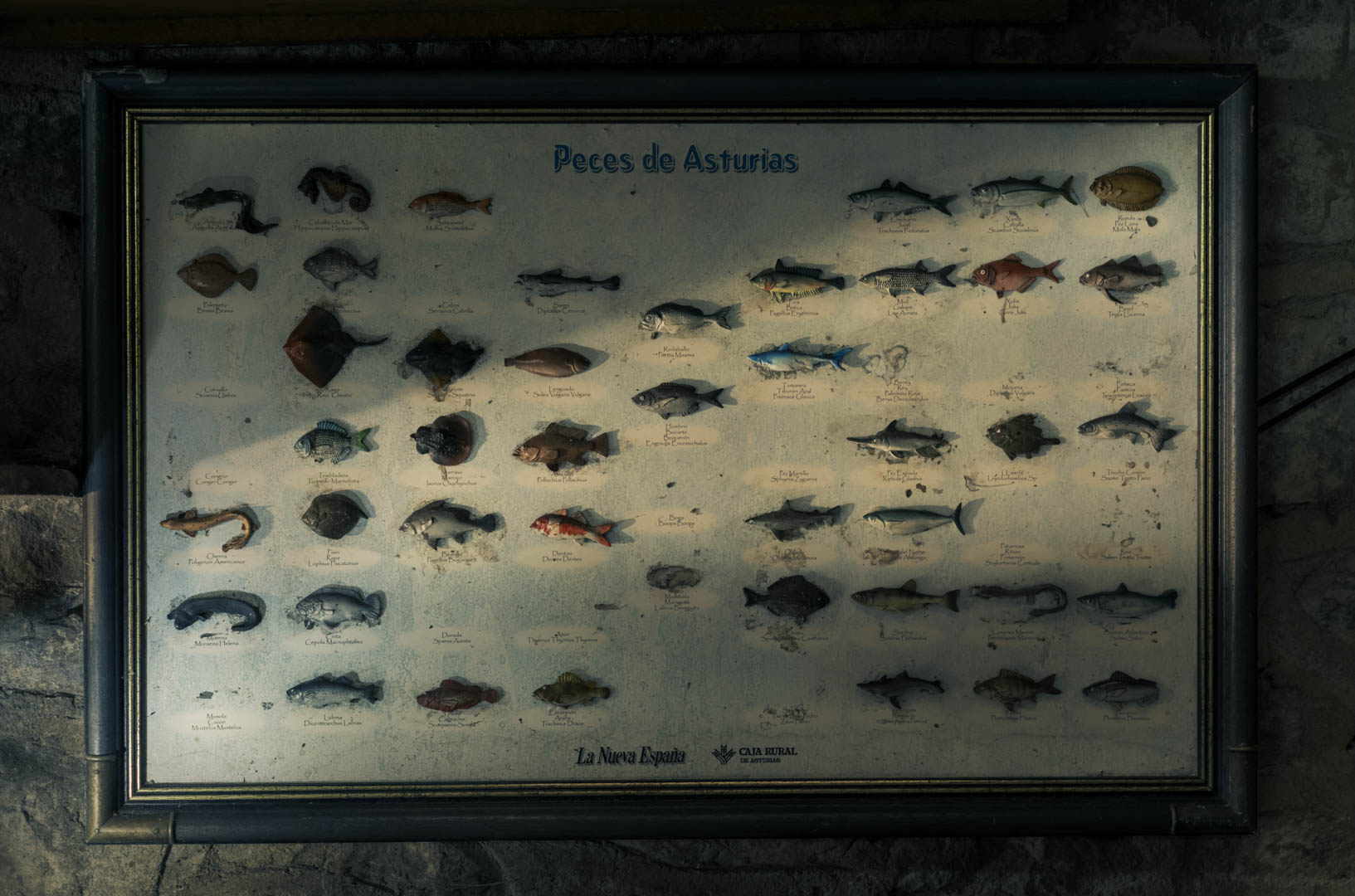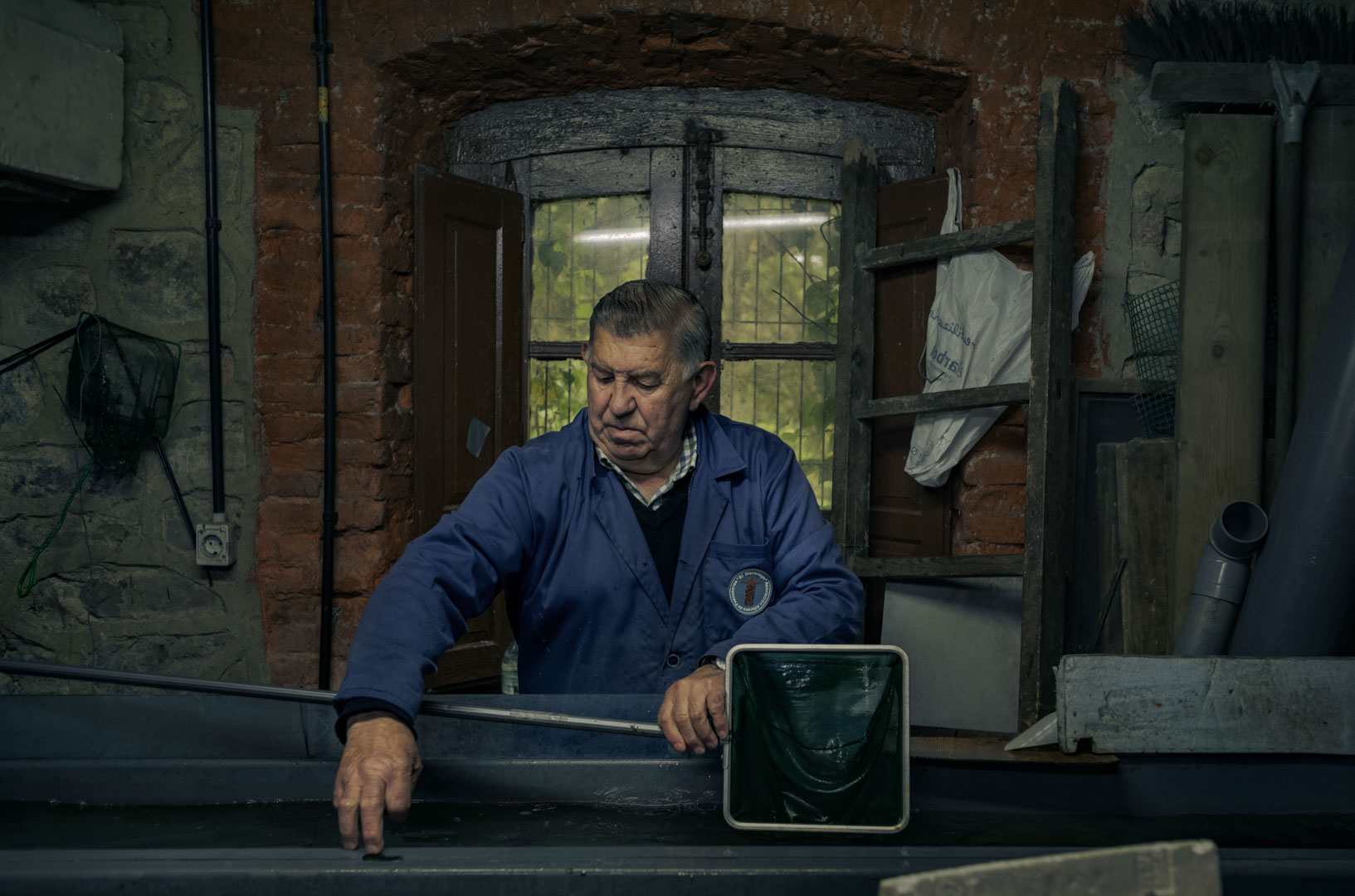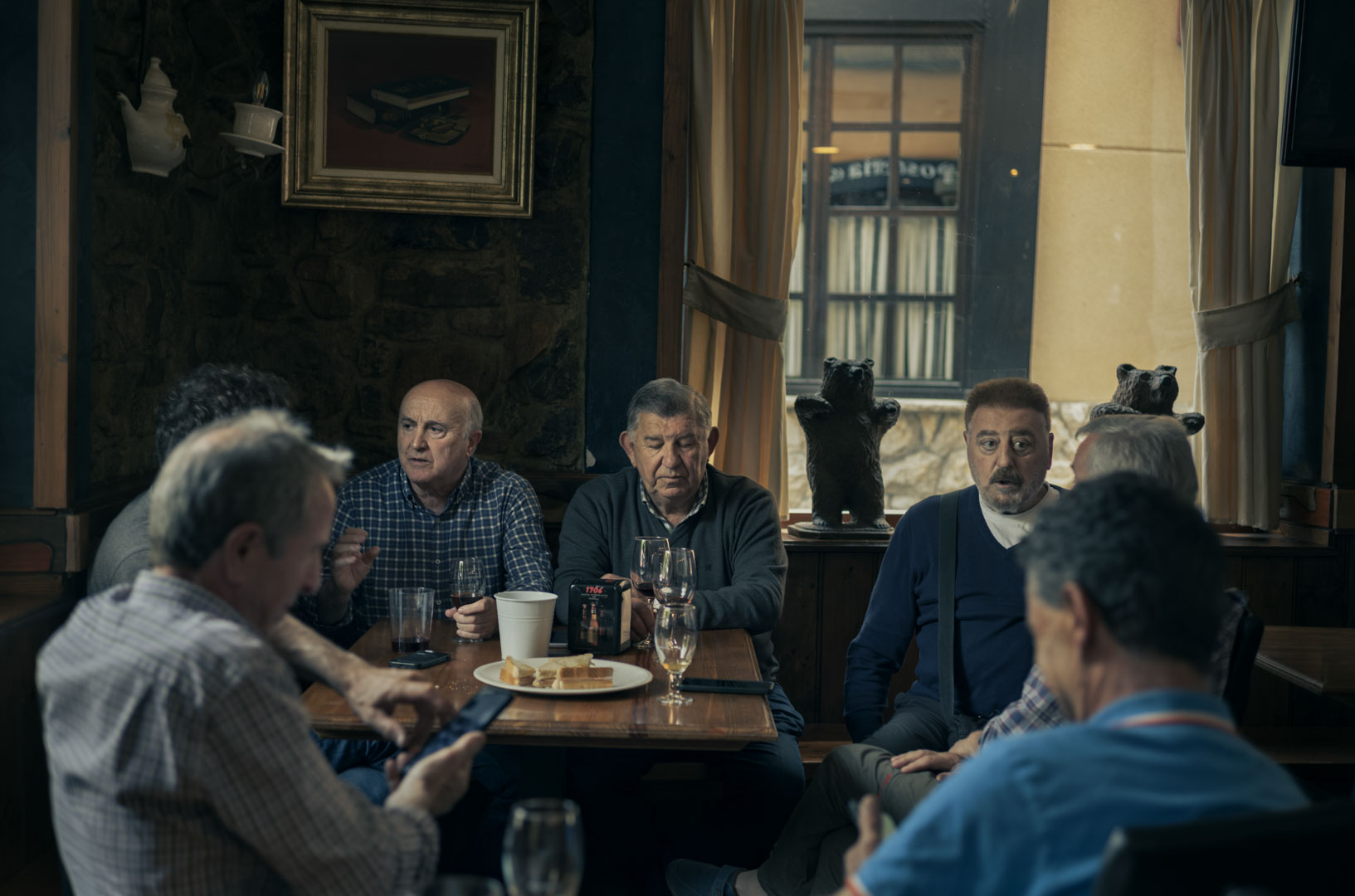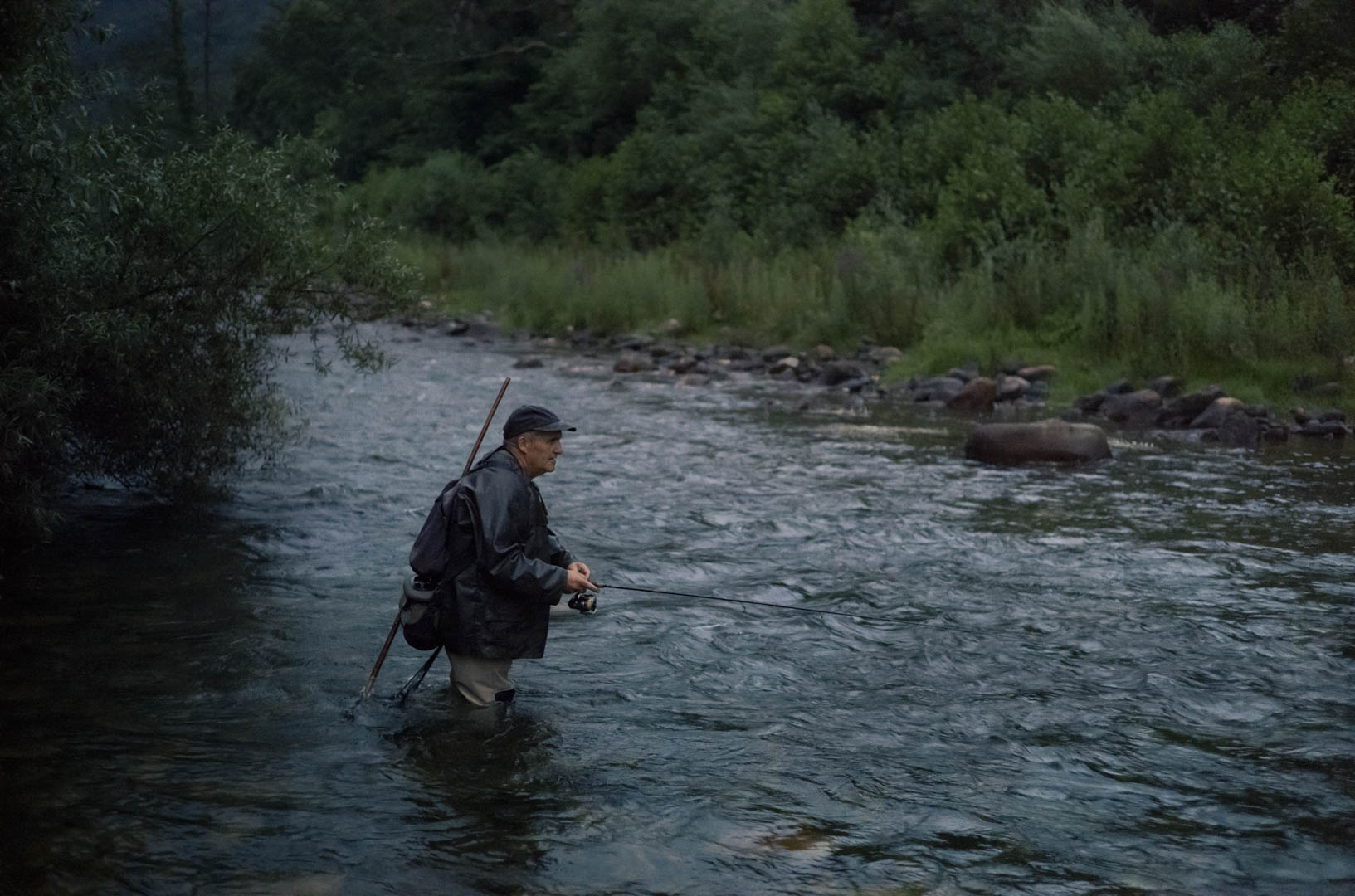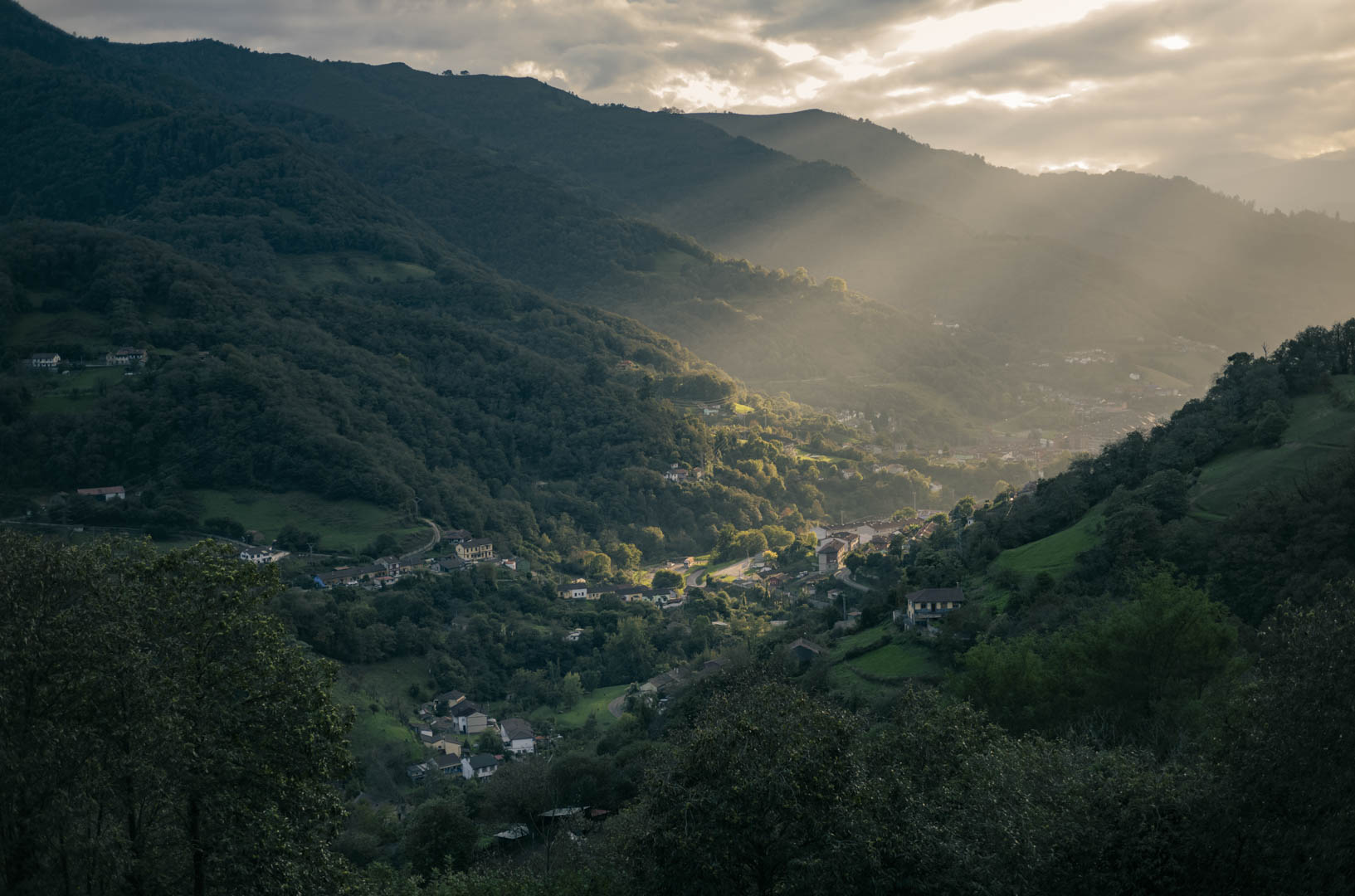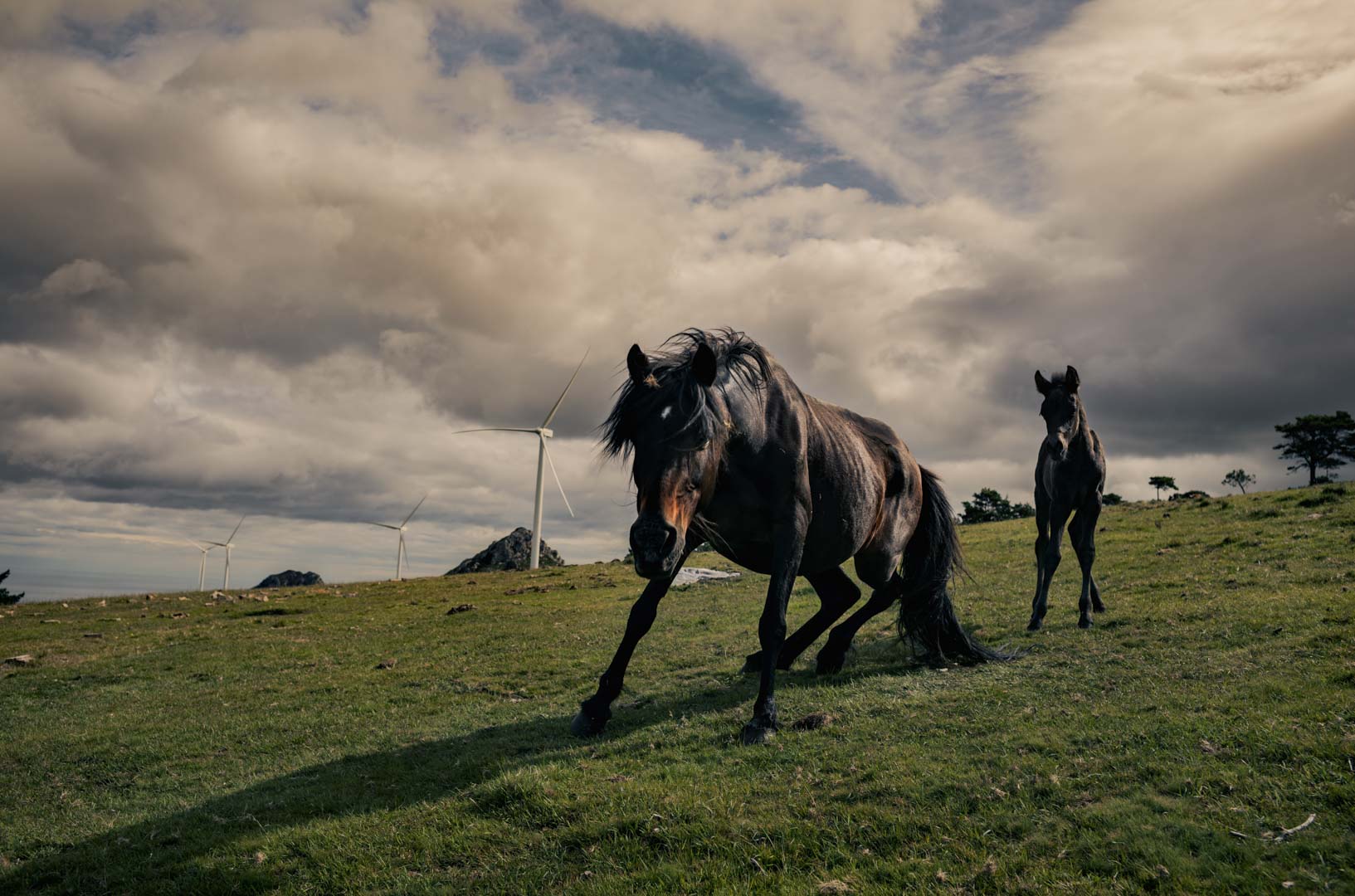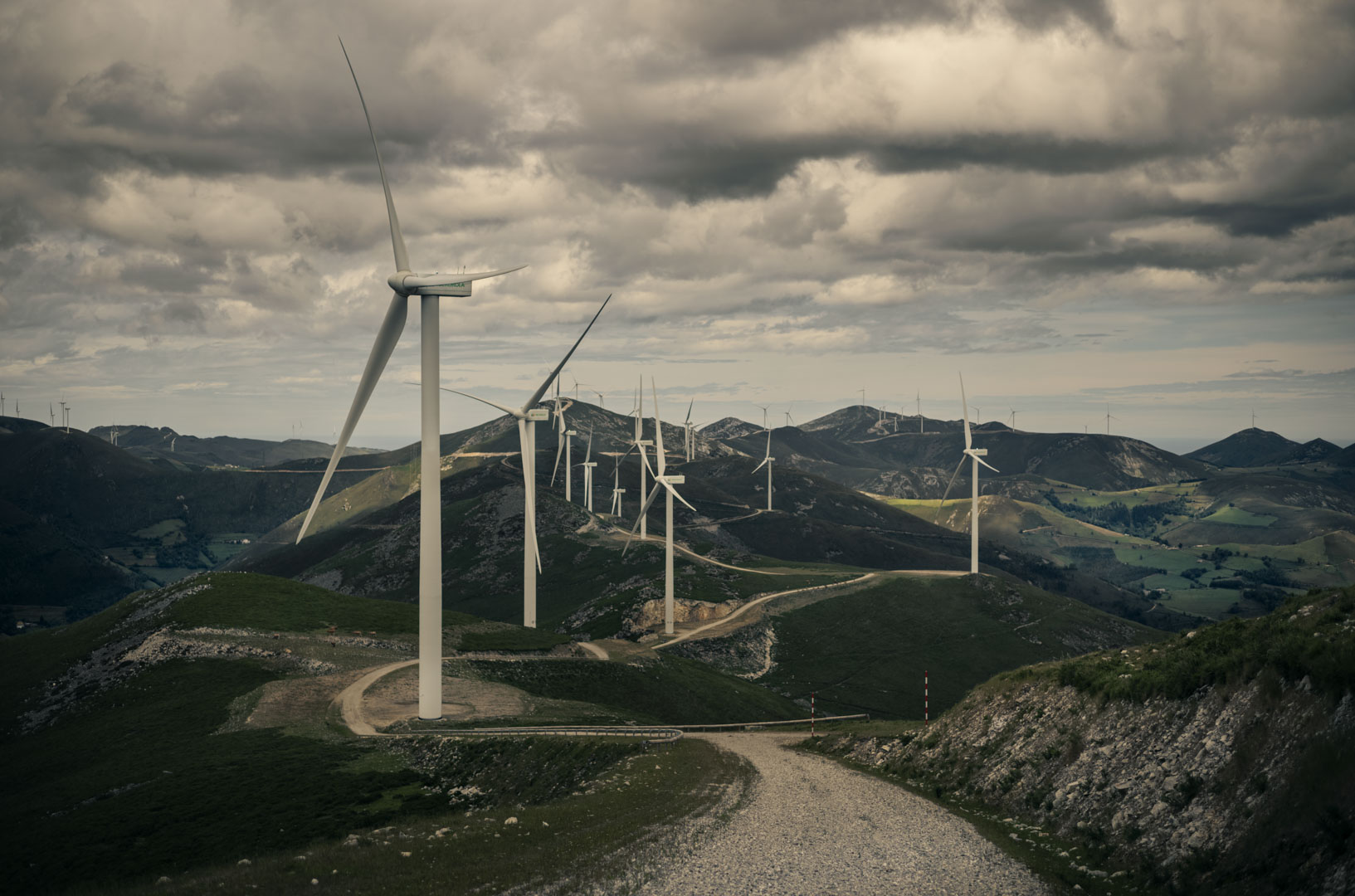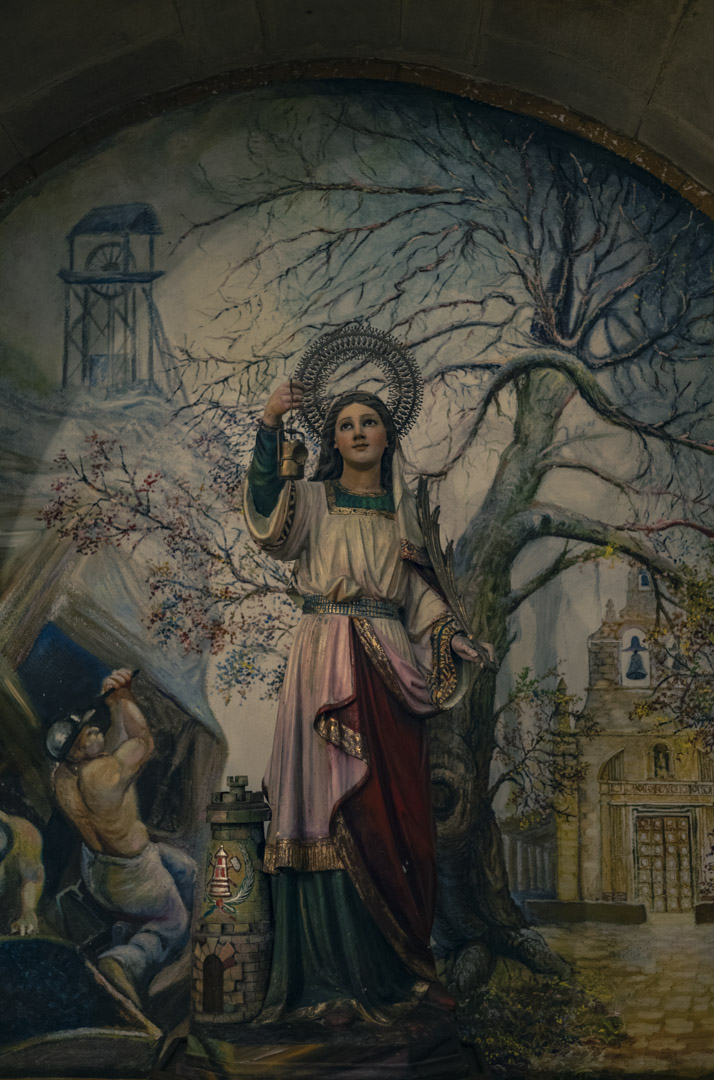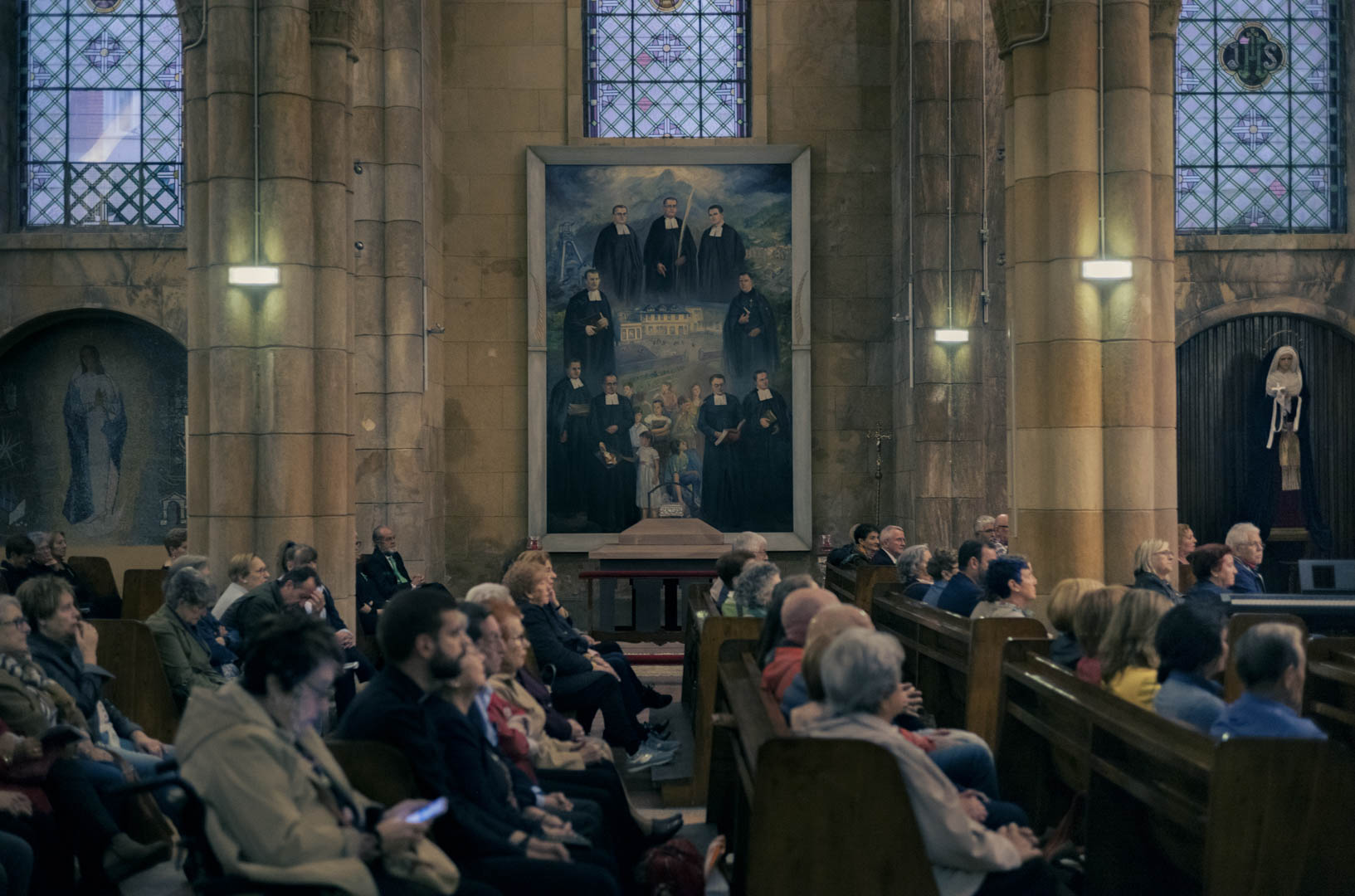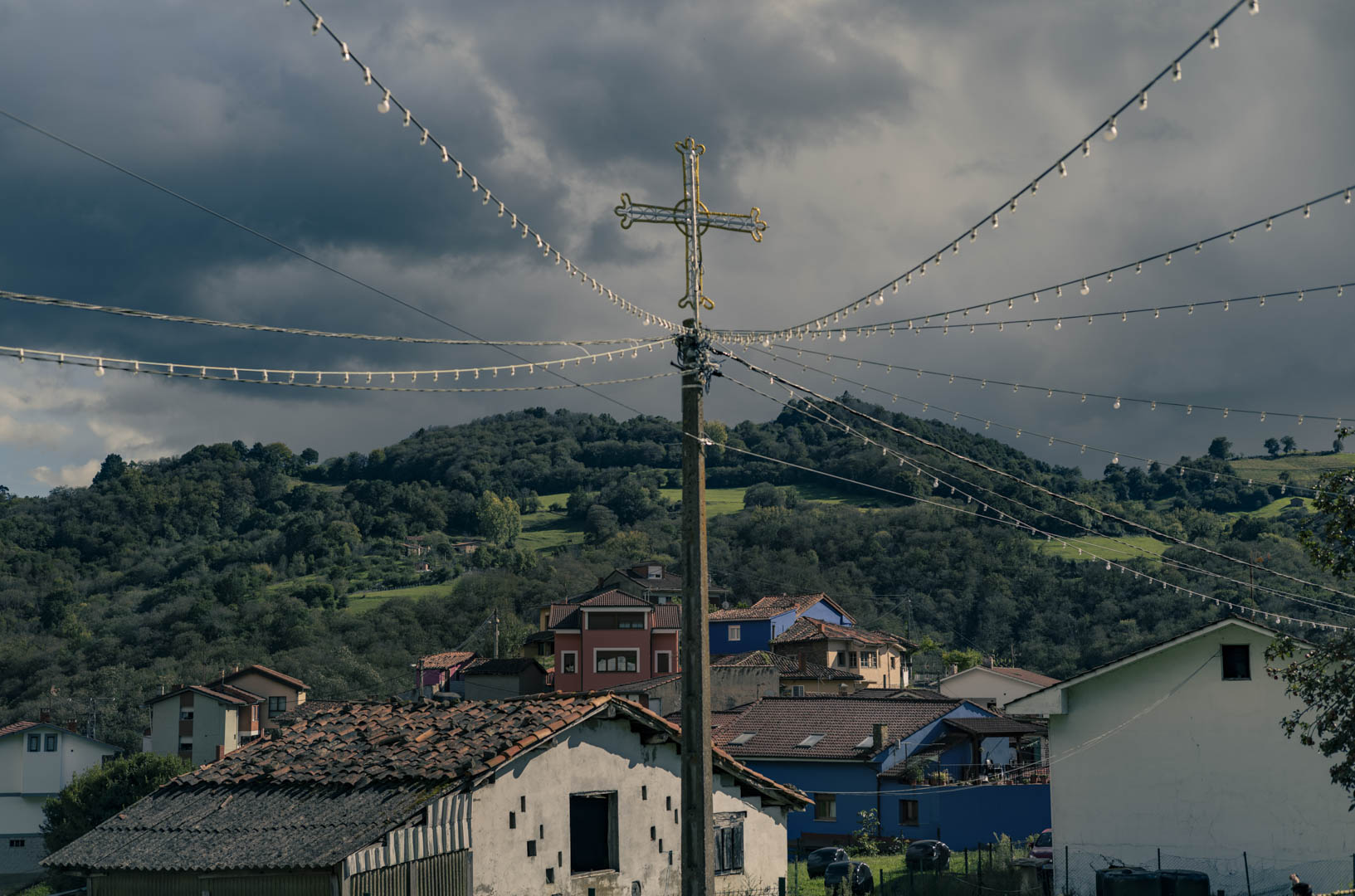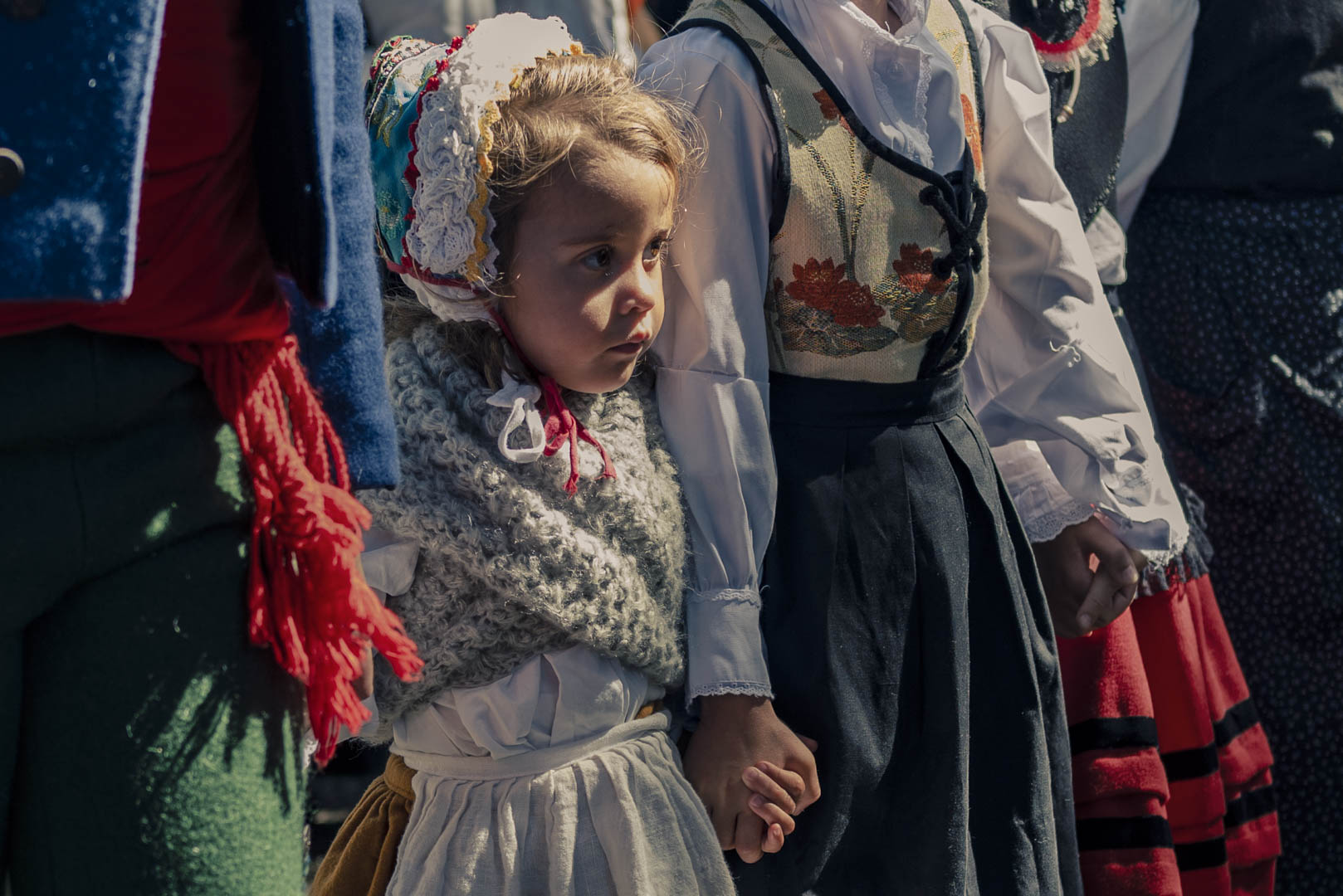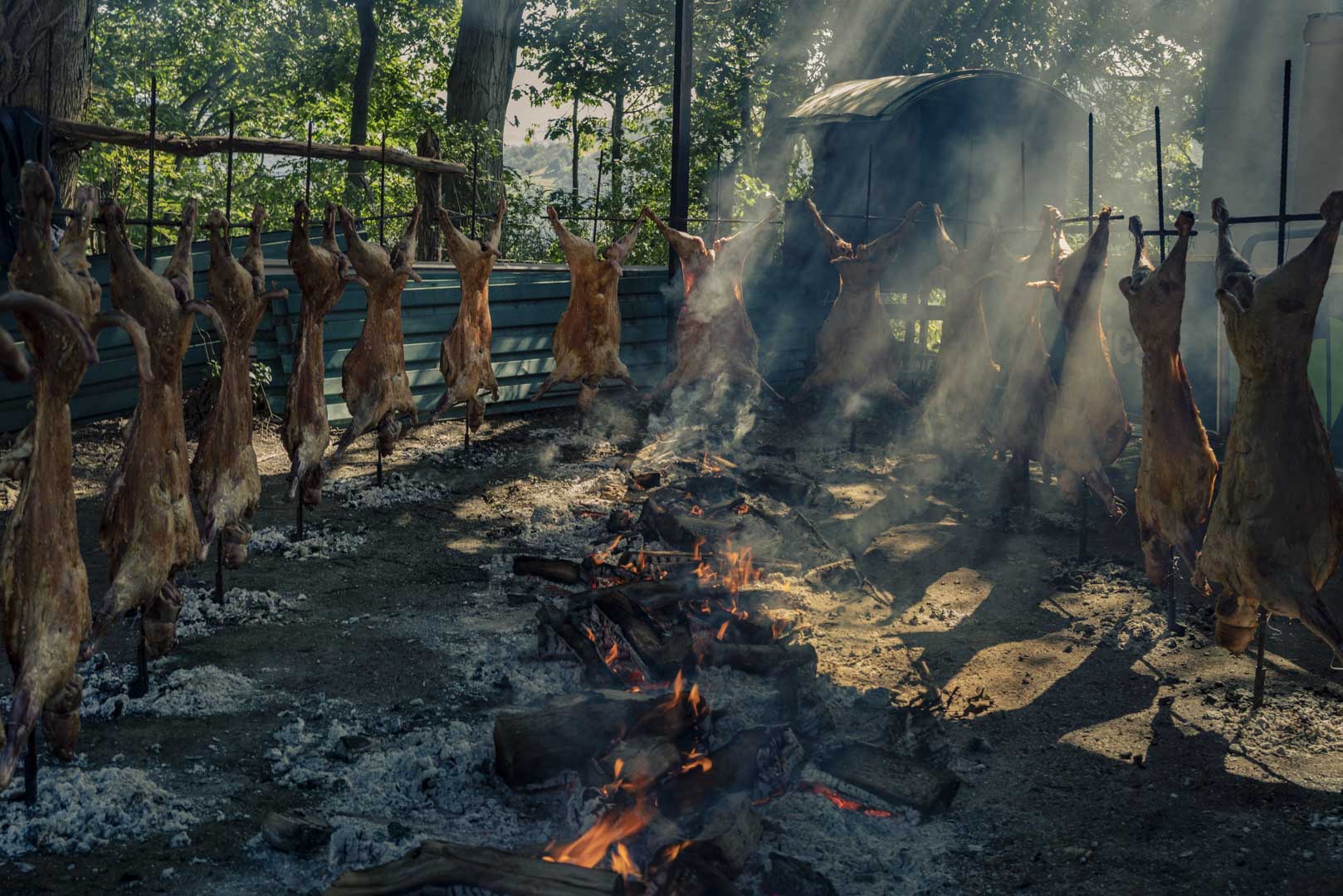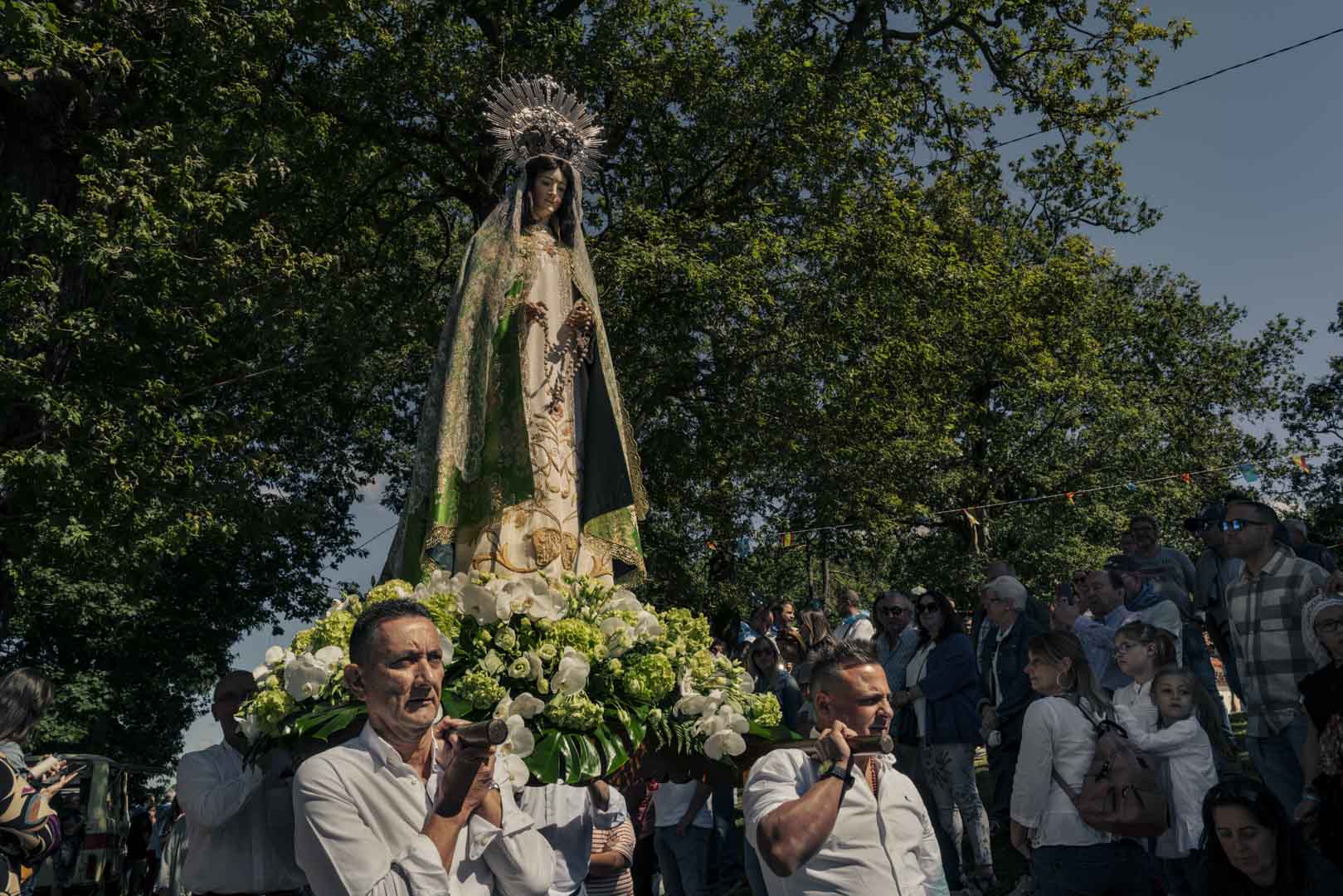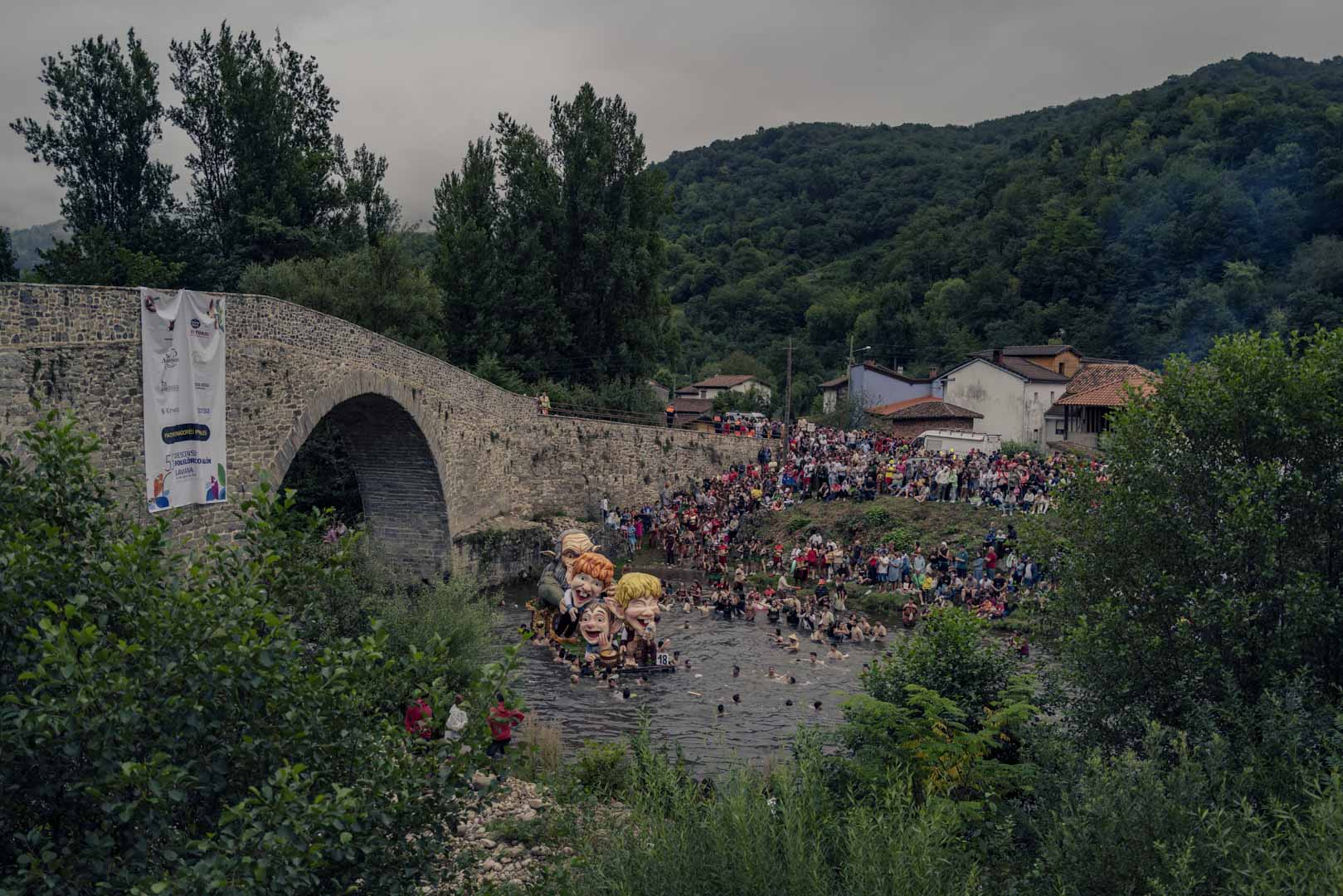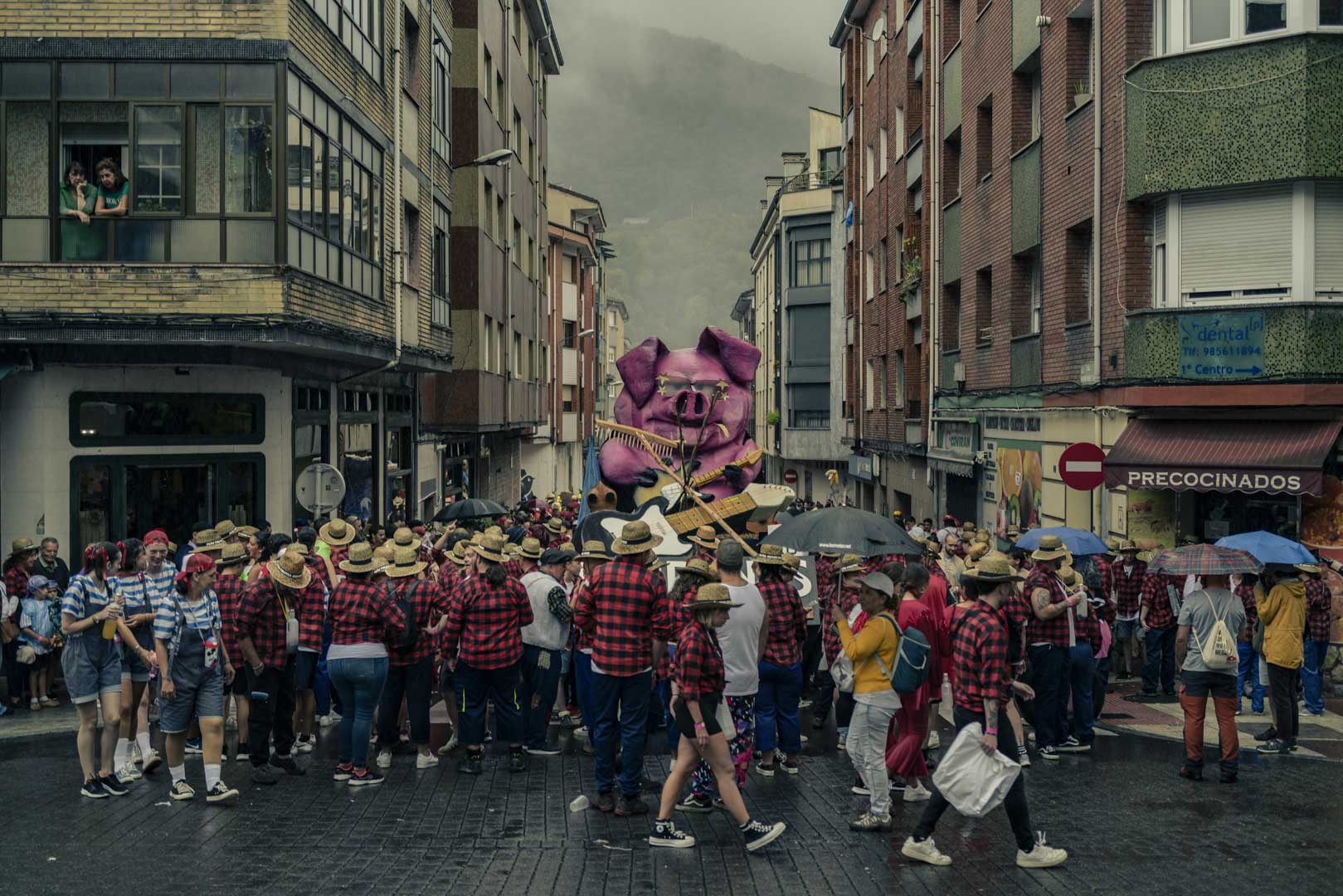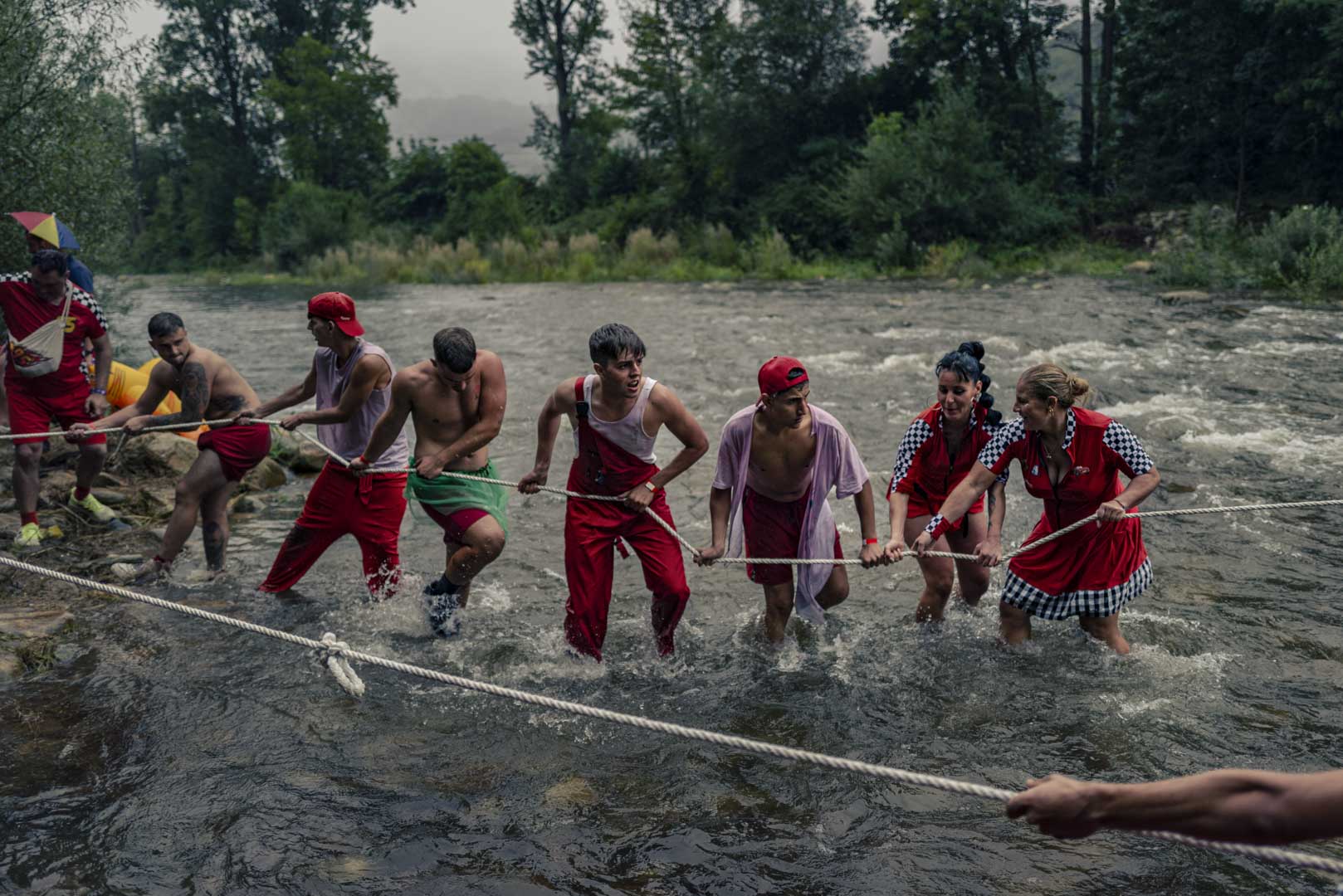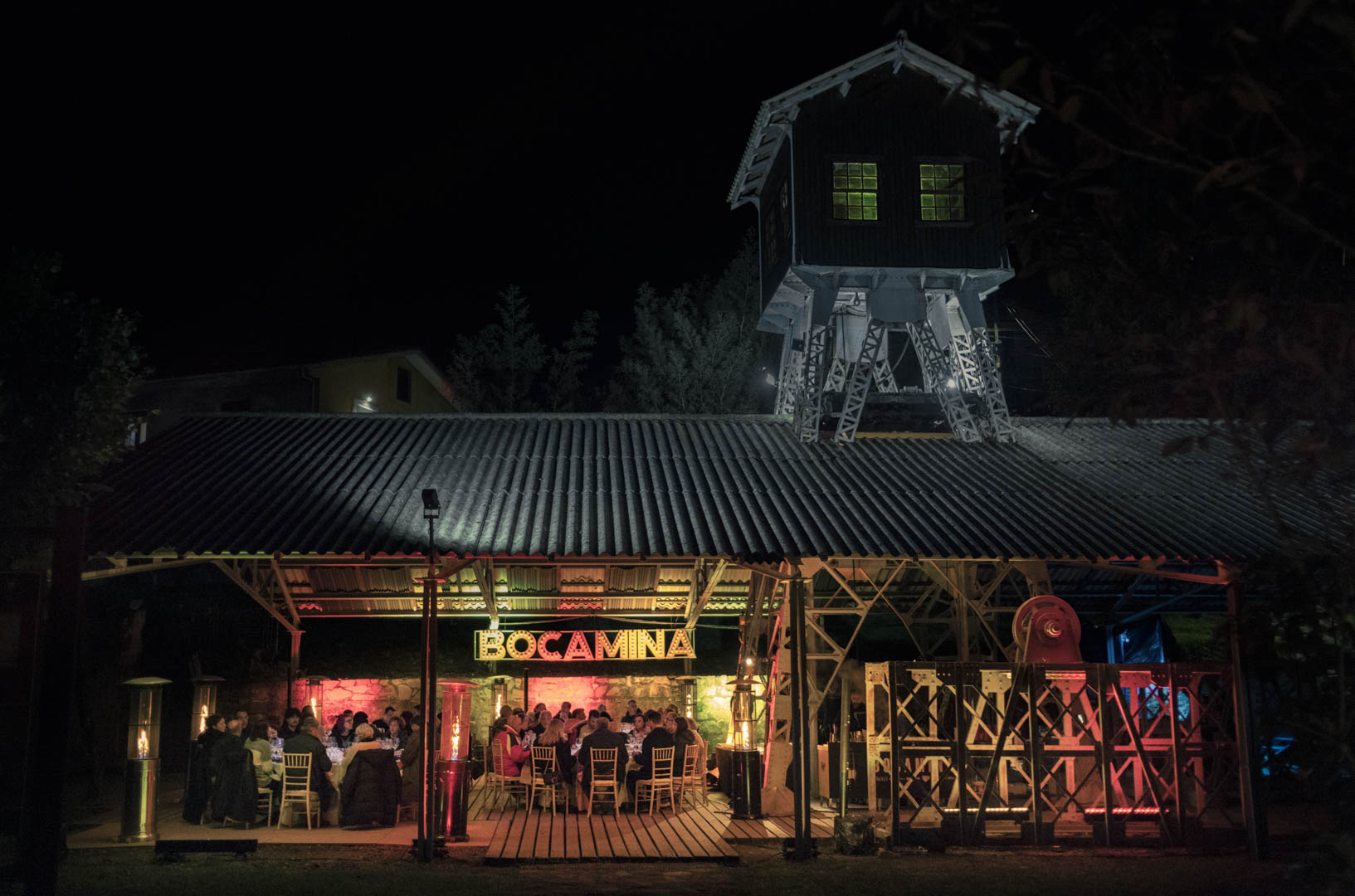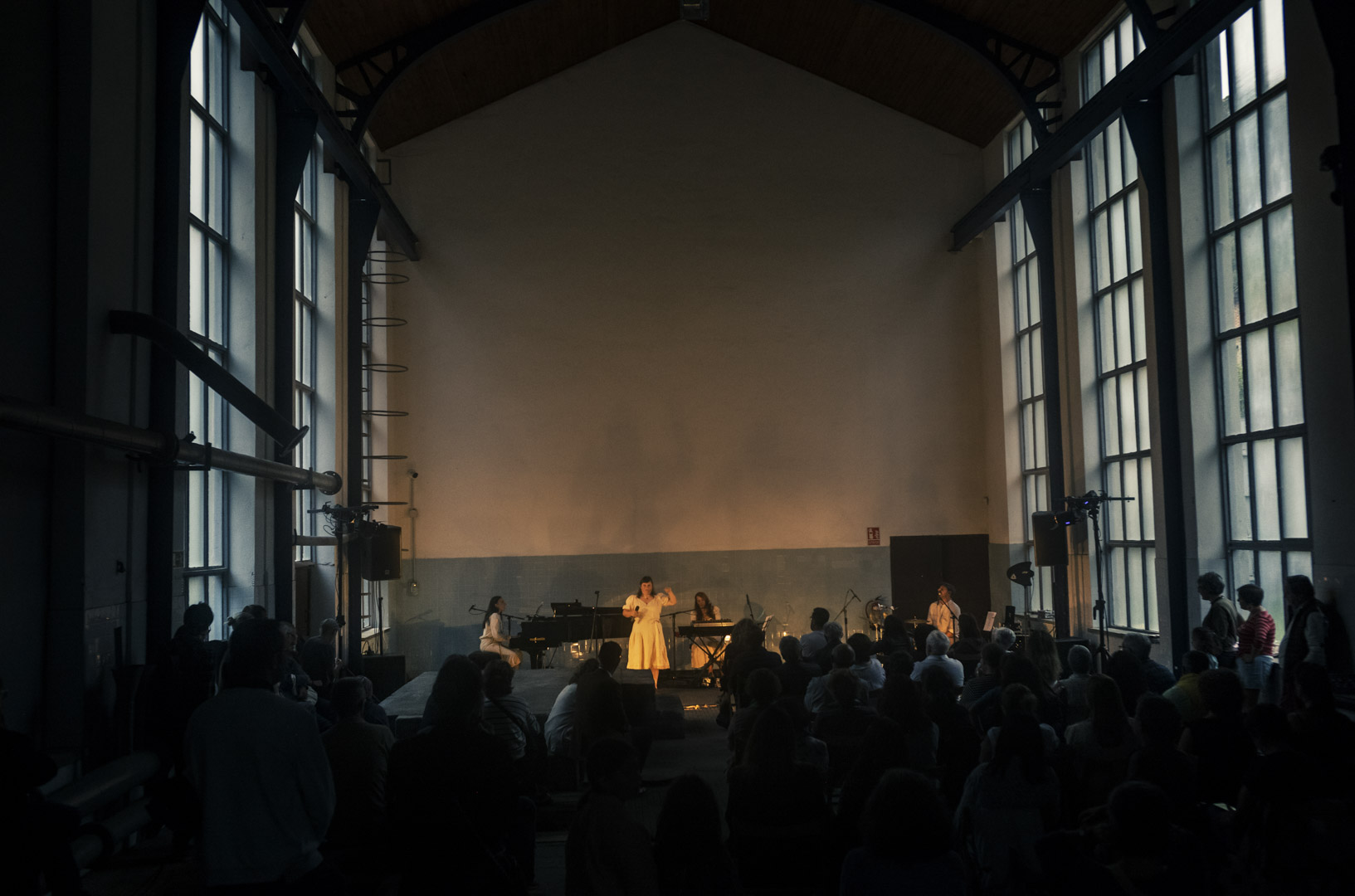The river ran black: Reinventing a land, 2023-2025
Over the past four years, I have been documenting Asturias, my family’s homeland, at a crucial moment in its history. The first part of The River Ran Black was a tribute to the last miners and to the end of more than two centuries of coal extraction. I wanted to look directly at the closure of the mines and accompany those who became the last guardians of a craft that shaped the identity of an entire region.
The second part, carried out thanks to the National Geographic grant in 2024, delves into what comes after that ending. I am interested in transition in all its forms: the human one, with villages emptying due to the lack of work and young people leaving, but also with those who decide to stay and reinvent the mining valleys; and the cultural one, with projects that transform former mining sites into museums, cultural spaces, or gastronomic experiences that keep the memory of coal alive.
At the same time, I follow closely the energy and environmental transition. Innovative initiatives are emerging, such as geothermal projects that use flooded mine galleries to produce district heating, or the reconversion of open-pit mines into apple and kiwi orchards. Little by little, landscapes scarred by mining begin to be restored, in an attempt to reconcile with nature.
This second chapter is, ultimately, an intimate portrait of a region oscillating between the nostalgia of what was and the uncertainty of what lies ahead, a territory seeking to redefine itself without losing sight of its memory. For me, it is also a return to my roots and a way of accompanying, through photography, the metamorphosis of a place deeply tied to my own history.
